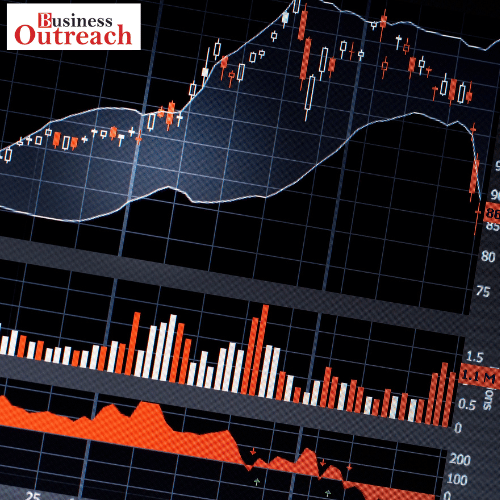As rising interest rates put increasing pressure on consumers throughout the economy, the leading US banks are expected to disclose this week the highest increase in loan losses since the start of the coronavirus outbreak.
When the second quarter’s financial reports are released, it will be clear that banks have profited to some extent from higher interest rates by increasing lending and investment revenue. However, following three years of comparatively low defaults, which were aided in part by government aid and stimulus money from the epidemic era, lenders are now beginning to notice how increased rates and inflation are having a detrimental impact on their customers.
According to the average estimates of bank analysts compiled by Bloomberg, the six largest banks in the country, JPMorgan Chase, Bank of America, Citigroup, Wells Fargo, Goldman Sachs, and Morgan Stanley, are expected to have written off a total of $5 billion in defaulted loans in the second quarter of this year.
Analysts predict that the six lenders will set aside an additional $7.6 billion to cover potential defaults on loans.
Both numbers are almost two times higher than they were during the same quarter last year. They are still less than the losses huge banks experienced at the start of the epidemic, when charge-offs and provisions reached peaks of $6 billion and $35 billion, respectively.
For many banks, credit cards are their largest source of trouble. According to experts, JPMorgan’s card loan charge-offs totaled $1.1 billion in the quarter, up from $600 million in the same period last year. About a quarter of BofA’s charge-offs are credit card loans.
Loans for commercial real estate (CRE) are also hindering banks’ performance. Due to the continued use of remote and hybrid work arrangements after the epidemic has ended, property owners are now facing a decreased demand for office space.
The largest CRE lender among the top banks in the country, Wells Fargo, informed investors this month that it has increased its loan loss provisions by $1 billion to account for anticipated losses related to office buildings and other subpar properties.
Earnings in investment banking are also likely to suffer. Due to a lack of dealmaking activity that has persisted longer than many executives had anticipated, revenues in the banks’ Wall Street and corporate consulting divisions are predicted to decline once again this quarter.
Trading revenue growth, which has accelerated recently due to choppy financial markets, is anticipated to decelerate.
However, according to bank analysts, for the majority of the major banks, the advantages of higher interest rates will certainly outweigh the drawbacks. The six biggest US banks are anticipated by analysts to record earnings per share growth of 6% from the previous year.
Christopher McGratty and David Konrad, bank analysts at KBW, wrote in a letter to clients that the largest banks “have been a good place for investors to hide amid liquidity concerns for regional banks coupled with concerns regarding increased regulations.” However, the atmosphere for universal banks is still difficult.
JPMorgan, one of the first to report on Friday, is anticipated to disclose the largest percentage increase in loan losses compared to the same period last year.
According to analysts, the total cost of loan charge-offs—losses designated as irrecoverable—and new provisions in the second three months of the year was $3.8 billion. This would represent an increase of 120% from the $1.8 billion in bad loan charges reported at the largest bank in the country during the same quarter last year.
With a 70% surge at Goldman Sachs and 60% hikes at Morgan Stanley and Citi, combined loan losses at Wells Fargo and Bank of America are anticipated to have more than doubled in the quarter.
BofA, Citi, and JPMorgan will likely increase their reserves to cover anticipated losses in commercial real estate this quarter, according to bank analyst Kenneth Leon of CFRA.
In a letter to clients last month, he stated, “As lenders, banks can always undertake loan workouts with troubled loans, but certain individual office buildings may be tough to fix.
BofA and Morgan Stanley report earnings on July 18, followed by JPMorgan, Citi, and Wells Fargo on Friday. GS will provide a report on July 19.
The regional banking system in the US had a crisis last spring, but the results of the Federal Reserve’s stress tests revealed that the biggest banks could sustain losses of billions of dollars while still maintaining adequate capital levels.
Larger financial institutions continue to offer relatively low-interest rates for depositors, bolstering their profit margins, in contrast to many small and midsized banks that have been paying higher savings rates to retain consumers.
Analysts believe larger banks will soon need to start providing higher rates, though.














